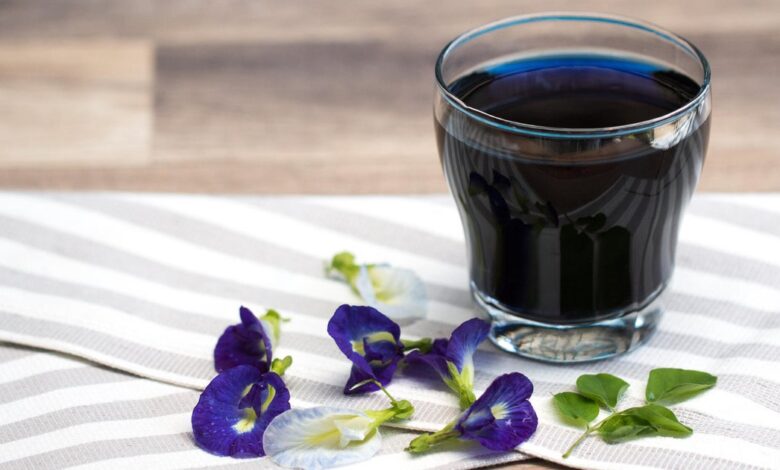FDA approves 3 natural food colors. Here’s what they are and what they can be used for.

The U.S. Food and Drug Administration recently made an important announcement regarding the approval of three natural color additives for use in food manufacturing. This decision comes at a time when there is increasing concern about the potential health effects of artificial food dyes, prompting action at both state and national levels.
Health and Human Services Secretary Robert F. Kennedy, Jr. recently urged companies to phase out all petroleum-based dyes by the end of next year. In line with this, a new West Virginia law is set to ban seven artificial food dyes, marking a significant step towards a healthier food supply.
While the food dye industry has defended the safety of artificial dyes, the FDA’s approval of natural color additives signifies a shift towards safer alternatives. These new approvals include Galdieria extract blue, Butterfly pea flower extract, and Calcium phosphate.
Galdieria extract blue, derived from a species of microalgae, can be used in a variety of beverages and foods such as juices, smoothies, candies, ice cream, and dairy products. Butterfly pea flower extract, known for its vibrant blue hue, has been expanded for use in cereals, crackers, and snack mixes. Calcium phosphate, a synthetically prepared powder, is approved for use in chicken products, candy coatings, and sugary treats.
FDA Commissioner Marty Makary emphasized that the agency is focused on accelerating the review and approval of natural color additives to replace petroleum-based dyes in the food supply. While not implementing an outright ban, the FDA’s efforts aim to promote healthier choices and protect consumers from unnecessary health risks associated with artificial dyes.
This latest development aligns with Secretary Kennedy’s “Make America Healthy Again” initiative, highlighting the importance of transitioning towards natural and safe alternatives in the food industry. By approving these new natural color additives, the FDA is taking a significant step towards ensuring the safety and well-being of consumers.
The integration of these natural color additives into the food manufacturing process signifies a positive shift towards a healthier and more transparent food system. As consumers become increasingly mindful of what they consume, the FDA’s approval of these natural color additives serves as a promising step towards promoting a more sustainable and health-conscious approach to food production.




